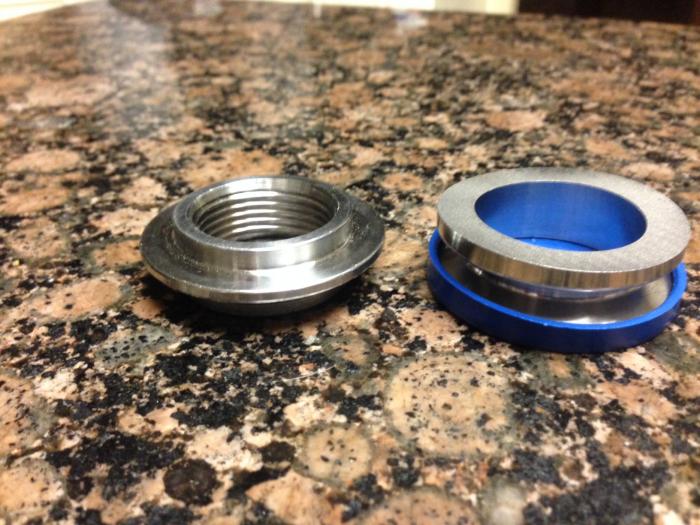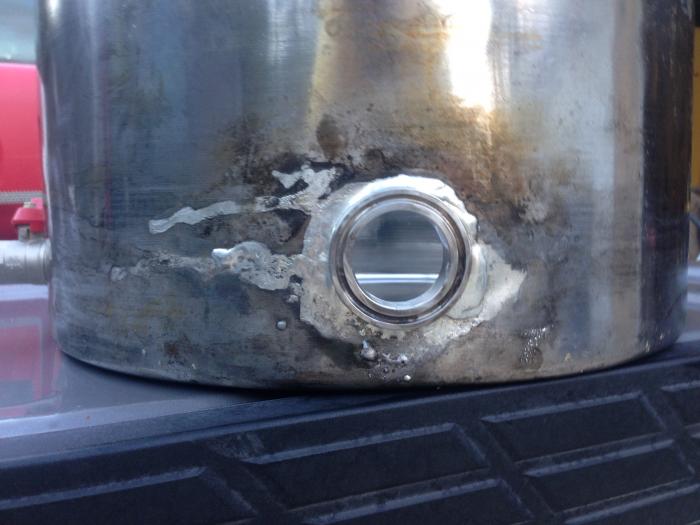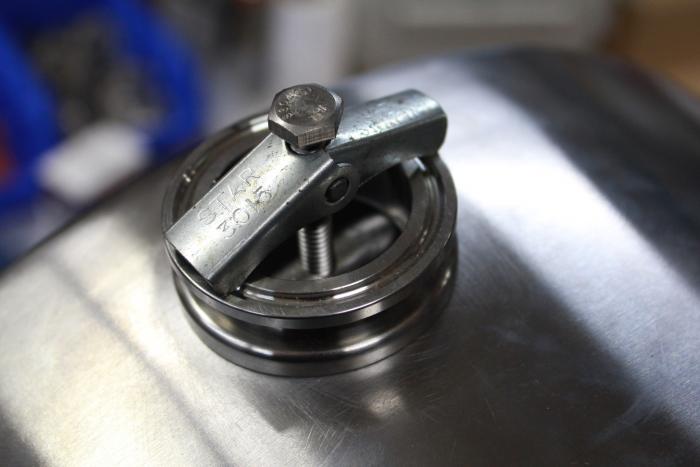Just-a-sip
Well-Known Member
first let me say liking the redone site.. then let me say im so glad these are now available. i will be placing my order within the week.

Got mine today....looks great.
Mind posting a pic when you get it installed?
This looks great! One question I have is the hole size. I've got a 1-1/4" hole in my kettle and was wondering if anybody has had luck enlarging a hole with the next size chassis punch?










I am probably a few months away from making the jump to electric brewing as I am still in the planning / learning phase but this solution is exactly what I have been looking for.
I've never welded or even soldered so I have a basic, dumb, question... if I solder the TC flange to my kettle, I presume that I am soldering from the outside of the kettle, how well would the solder get sipped into the kettle opening? In my mind, I think that if I looked from the inside of the kettle, that I would see a tiny rim around the opening, sealed with solder from the outside and I envision all kinds of nasties living in there and being nearly impossible to clean out. Am I misunderstanding something or does anyone have any pictures to help me illustrate?

I've never welded or even soldered so I have a basic, dumb, question... if I solder the TC flange to my kettle, I presume that I am soldering from the outside of the kettle, how well would the solder get sipped into the kettle opening? In my mind, I think that if I looked from the inside of the kettle, that I would see a tiny rim around the opening, sealed with solder from the outside and I envision all kinds of nasties living in there and being nearly impossible to clean out. Am I misunderstanding something or does anyone have any pictures to help me illustrate?

I ordered and received the solder kit and I'm a little confused. I assumed that the solder type would a looked more like the welding spud with the groove that would allow the inside piece to fit into the pot and not move around but the triclover piece is completely flat on the side you solder to the pot. How do you keep it from moving around while soldering?



I used a MAPP gas torch. It's OK though because now I have something to practice with. It was my original pot and I had already switched to a BC 44 qt. I figured I didn't want to risk the BC. I looked like a small dent that cause a 1/8" gap on one side and I could not get enough solder to fill it and stick. The TC piece also had moved down a little less that 1/8" and I was trying to figure out how to move it without removing the whole this and starting over.
Edit:
After I stopped bruiting about the failure I decided to try to fix it and this is how it came out.
Bobby_M, I'm getting an error on the video, says its private.
That doesn't look too much worse than my fittings, does it hold water?
This turned out to be a longer video than I planned, but I didn't want to make too many time warp cuts and lose some details.
This turned out to be a longer video than I planned, but I didn't want to make too many time warp cuts and lose some details.
http://youtu.be/_NkHlDql8EU